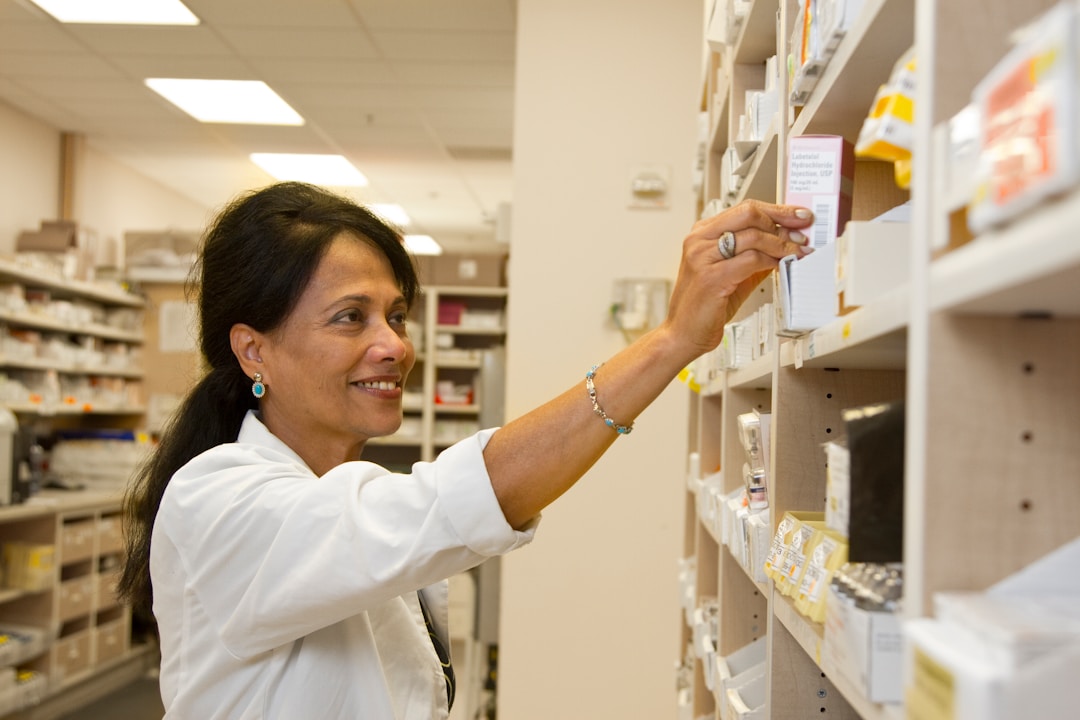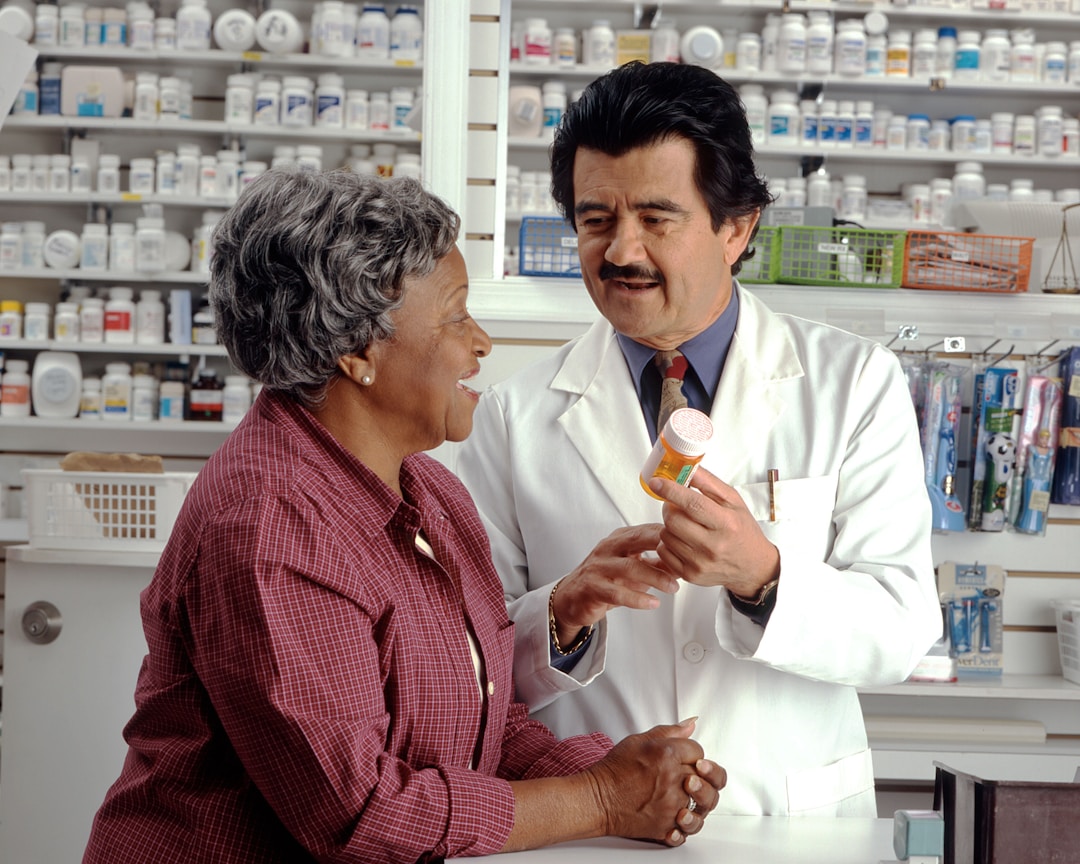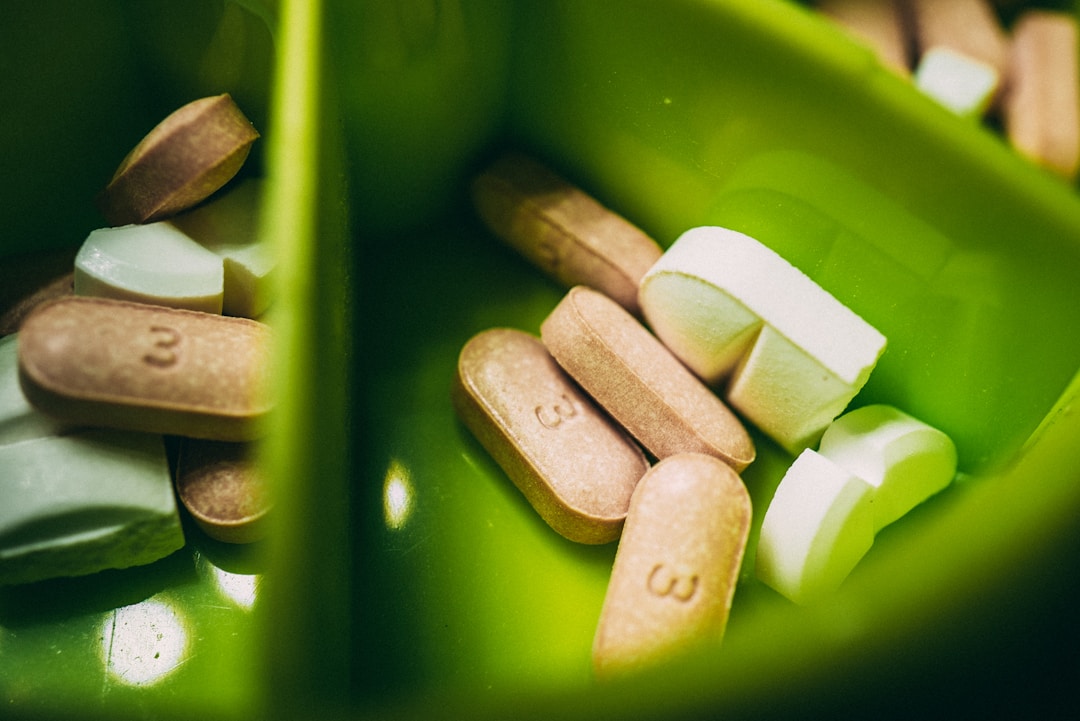According to the CDC, 70% of prescription medications involve out-of-pocket costs, costing an average of $30 for brand-name drugs. If you take long-term medications or require an assortment of prescriptions over time, those costs will quickly add up. With the proper tools, you can start ordering more affordable drugs, getting the highest level of care possible for a much more reasonable price.
Never pay full price.

As a general rule of thumb, you should never pay full price for your medication. One of the easiest ways to make sure you don’t have to is to get a free prescription discount card, like those offered by America’s Pharmacy. With this card in your wallet, saved in your phone, or printed out, you can hand it to your pharmacist whenever you pick up a prescription order, so long as you’re using a participating pharmacy. They should recognize your discount card and be sure you’re getting the best deal possible. Best of all, you can check your card issuer’s website or app ahead of time to see just how much of a discount you can receive, letting you bring the right amount with you every time. And, if your discount card doesn’t cover a prescription, you might have a coupon waiting that will offer savings regardless.
Compare drug prices at different retailers.

Suppose you’ve always just gone to the most convenient local pharmacy. In that case, you might not realize that a prescription order may come with a different price tag at various pharmacies. If you typically head to Walgreen’s to pick up your monthly meds, take the time to see if CVS, Rite Aid, or your neighborhood drug store has a better deal or participates in a discount program. If finding the lowest prices on your medicine is more important to you than the most conveniently located pharmacy counter, you might be able to save some money. You may even be able to switch to a mail-order pharmacy to, not only save money but save the trouble of picking up your meds in person, too.
Opt for generics.

When your doctor prescribes a particular medication, be sure to make it known that you’d prefer a generic version whenever possible. The FDA confirms that generic drugs work just as well as a name-brand prescription—only with a much more affordable price tag. More often than not, the medicine you need will have a generic alternative available at a lower cost. Coupled with using your discount card or coupons, comparing drug prices at different pharmacies, and other tips for cutting down your health spending, you’ll be able to find the lowest prices possible on any drugs you need to take.
Consider a long-term supply.

In some cases, insurance won’t cover more than a 30-day supply, or your doctor will recommend a short-term supply in case of potential modifications. But, often, you’ll be able to opt for a 60 or 90-day supply. More often than not, that longer-term supply of your standard medication will offer a less expensive rate in return. Plus, you’ll need refills less often—it’s a win-win!
From the amount and brand of the medication you take to where you get it and tools that help you pay for your prescription, you can make a lot of small changes to save on your health expenses. Order your America’s Pharmacy card for discounts and coupons, shop around, and talk to your doctor about switching to a generic version of your medication or a longer-term supply. Even just one of these changes will start cutting down your costs. The more you implement, the better your savings can be.




